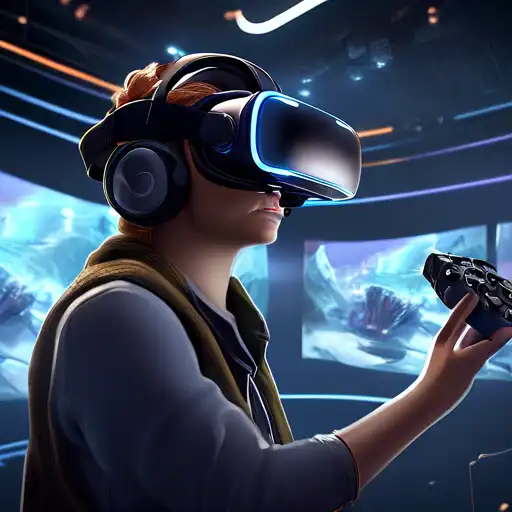Understanding the Complexities of VR Content Development
Virtual Reality (VR) has emerged as a groundbreaking technology, offering immersive experiences that were once the stuff of science fiction. However, developing content for VR presents a unique set of challenges that creators must navigate to deliver compelling and engaging experiences.
Technical Limitations and Hardware Diversity
One of the primary hurdles in VR content development is the technical limitations imposed by current hardware. Developers must optimize their content to run smoothly across a variety of devices, each with its own specifications and capabilities. This requires a deep understanding of performance optimization techniques to ensure a seamless user experience.
High Development Costs
Creating VR content is often more expensive than traditional media production. The need for specialized software, hardware, and skilled personnel can significantly increase the budget. This financial barrier can limit the ability of smaller studios and independent creators to enter the VR space.
User Experience and Motion Sickness
Designing for VR also involves addressing the issue of motion sickness, which can affect a significant portion of users. Creators must carefully consider movement mechanics, field of view, and frame rates to minimize discomfort and ensure a pleasant experience for all users.
Content Interactivity and Engagement
Unlike passive forms of media, VR requires active user participation. This demands a higher level of interactivity and engagement from the content, posing a challenge for creators to design experiences that are both intuitive and captivating.
Strategies for Overcoming VR Development Challenges
Despite these challenges, there are strategies that developers can employ to streamline the VR content creation process. Leveraging cross-platform development tools can help address hardware diversity, while iterative design and testing can improve user experience and reduce motion sickness.
Embracing Collaborative Tools and Platforms
Collaboration tools and platforms can also play a pivotal role in reducing development costs and fostering innovation. By sharing resources and knowledge, developers can overcome financial and technical barriers more effectively.
Focusing on User-Centered Design
Adopting a user-centered design approach is crucial for creating engaging and comfortable VR experiences. This involves extensive user testing and feedback to refine interactivity and immersion.
As the VR industry continues to evolve, so too will the solutions to these challenges. By staying informed and adaptable, developers can push the boundaries of what's possible in virtual reality content creation.
For more insights into the future of VR, check out our article on The Future of Virtual Reality.
